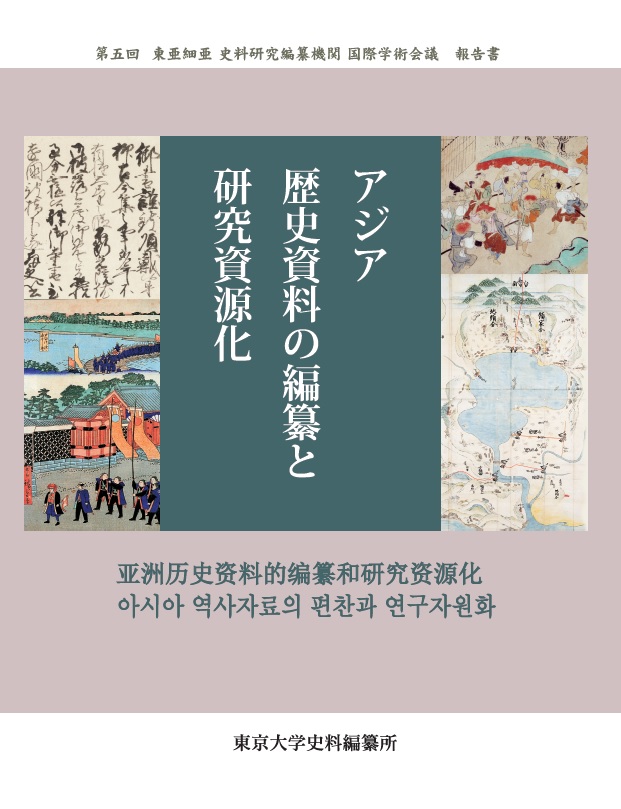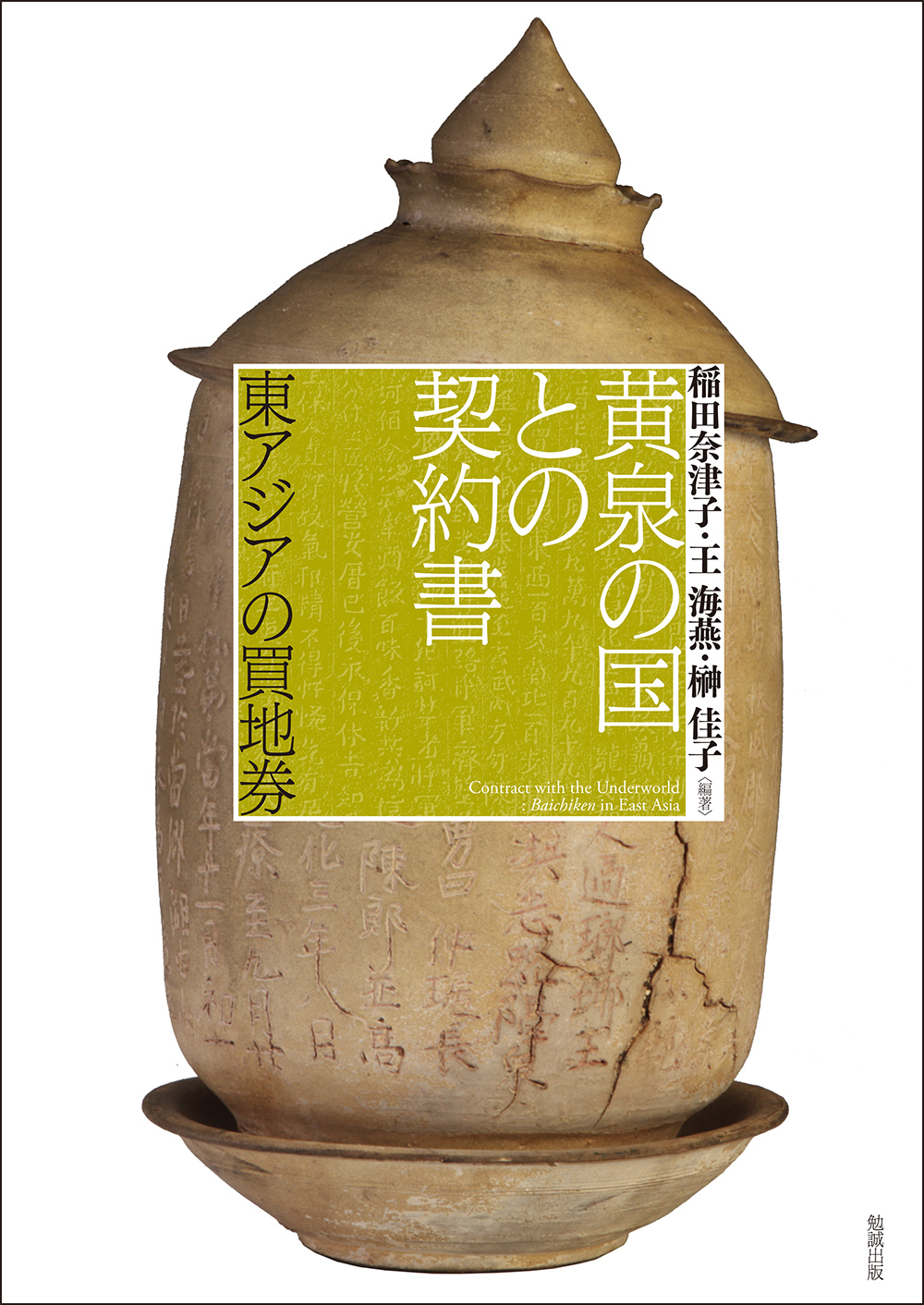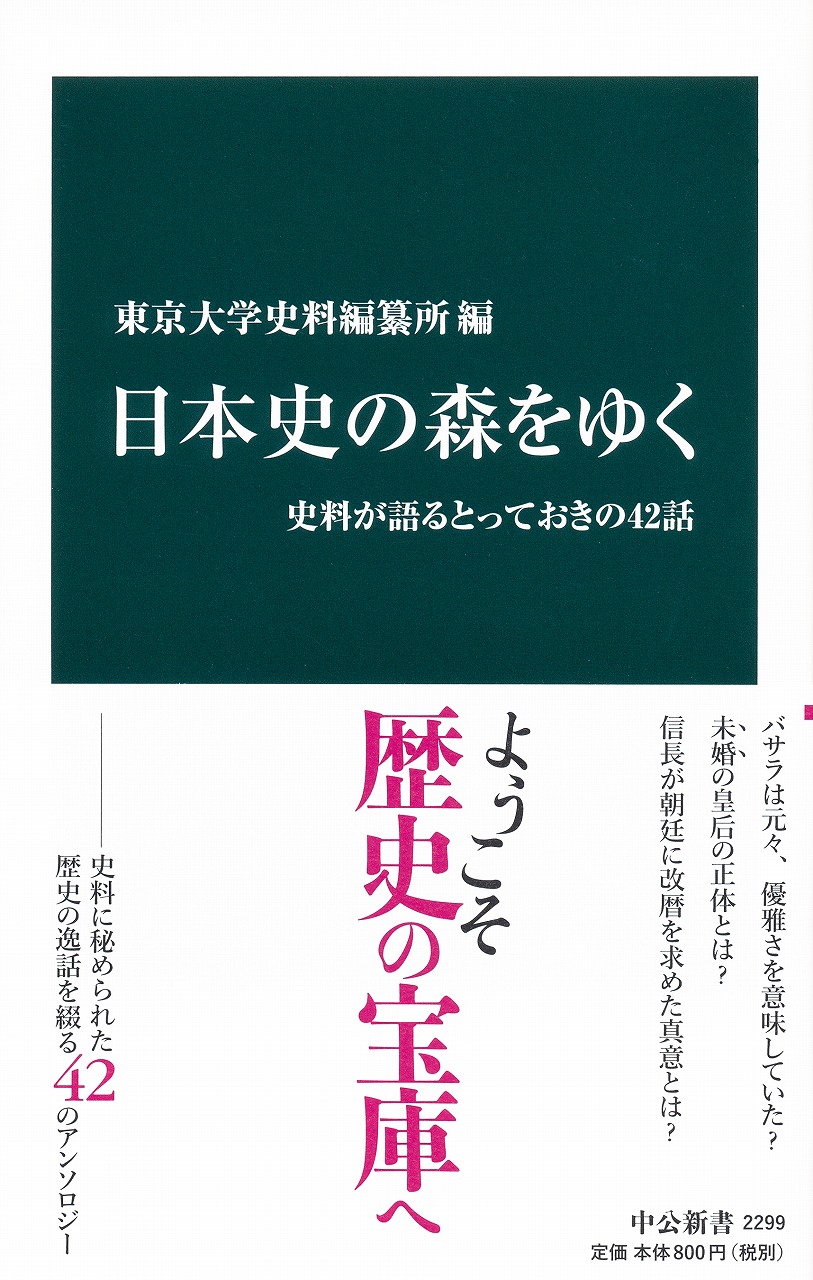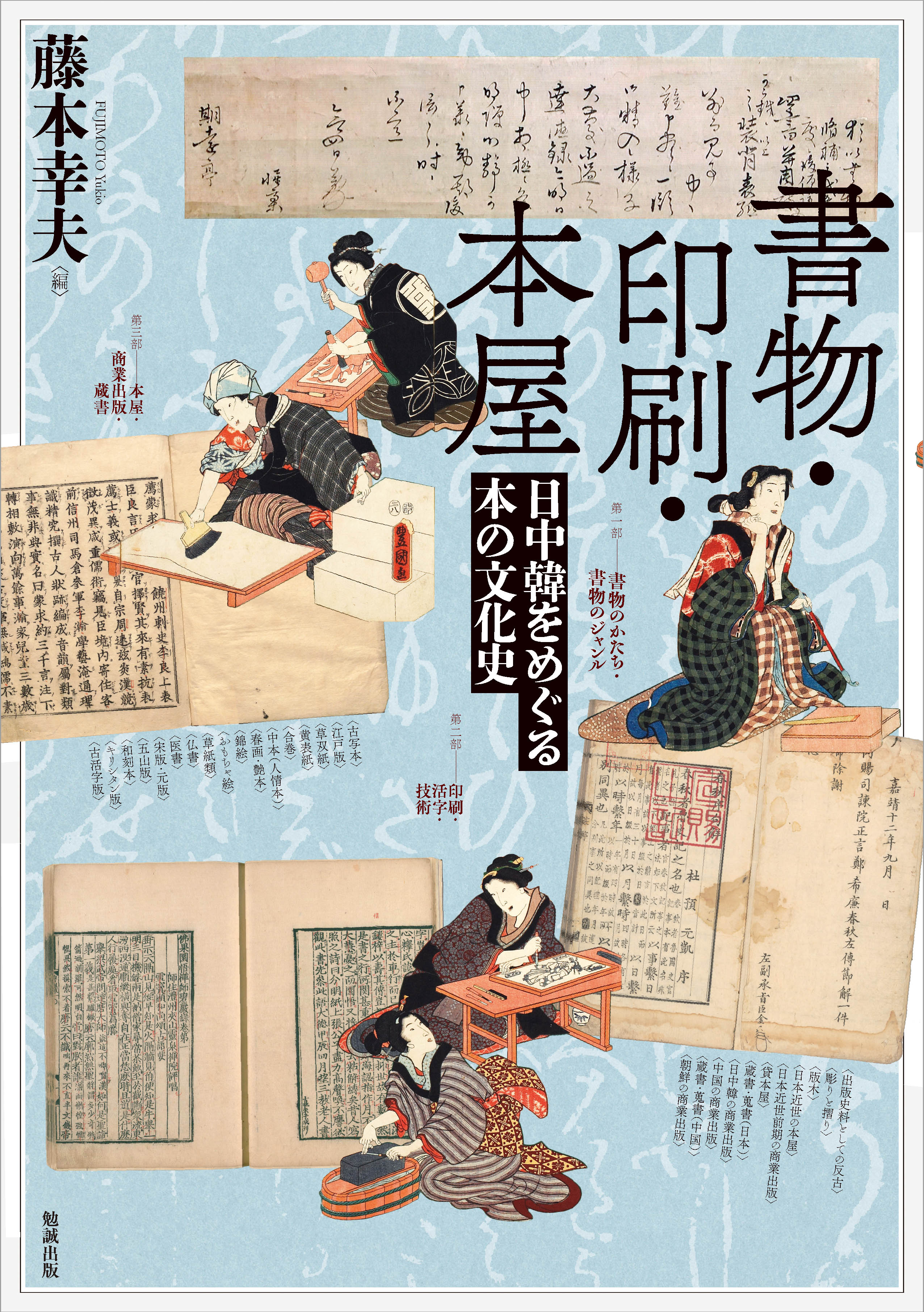
Title
ASIA Rekishi-Shiryo no Hensan to Kenkyu-Shigen-ka (The Compilation of Asian Historical Sources and Their Transformation into Research Resources - The Proceedings of the 5th International Conference of East Asian Historical Materials Research and Compilation Organizations)
Size
729 pages
Language
Japanese, Chinese, Korean
Released
October, 2018
ISBN
9784600000240
Published by
Historiographical Institute the University of Tokyo
See Book Availability at Library
Japanese Page
Many people may wonder what the Historiographical Institute at the University of Tokyo does. Even those who know that it is a research institute concerned with premodern Japanese history or an institute that compiles and publishes collections of historical sources such as Dai Nihon Shiryō may not be aware of how it actually collects and studies historical sources and what other sorts of things it does apart from publishing collections of historical sources.
In fact, this applies not only to the Historiographical Institute, and it can also be said about many research institutes both in Japan and abroad. Even institutes of history often do not know much about what other similar institutes are doing. Accordingly in 2002 the Historiographical Institute concluded an exchange agreement with the National Institute of Korean History in South Korea and the Institute of Modern History, Chinese Academy of Social Sciences, in China, which, like the Historiographical Institute, are engaged in research activities centred on the compilation and publication of collections of historical sources. The aim was to hold international conferences at regular intervals centred on these three institutes and thereby share information about the activities of research institutes in their three countries, learn from one another, and cooperate with one another.
This book contains all fifteen papers presented at the 5th International Conference of East Asian Historical Materials Research and Compilation Organizations, which was held on 7–8 November 2016 at the University of Tokyo in line with the above aims. The overall theme was “The Compilation of Asian Historical Sources and Their Transformation into Research Resources,” and the fifteen speakers described the leading-edge approaches being taken at their respective institutes. In contents, the papers were wide-ranging, covering the examination and sorting of historical sources, the compilation of collections of historical sources, public accessibility and utilization of historical sources and research findings, and so on, and there were lively discussions and exchanges of views.
An important issue at each conference has been the generation of digital data and its public accessibility, and some large-scale projects being undertaken in each of the three countries were described at this conference. These databases, which are accessible also from overseas, are a great boon, but even researchers often do not know much about those outside their own field of expertise, and this book can also be used as a guide to such databases.
Although the three countries of Japan, China, and Korea spoke different languages in premodern times, they shared culture and history via the medium of Chinese characters and through books. Researchers in these three countries today, too, may not speak one another’s languages, but they are reading the same Chinese-language sources and using the same historical terminology as they pursue their research. For us to engage in meaningful discussion, communicating through the medium of English, for example, can turn out to be a roundabout way of doing things.
For this reason, simultaneous interpreters in Japanese, Chinese, and Korean were used at this conference, and the collection of draft papers was also prepared in these three languages. This book consists of revised versions of these draft papers. In translating the papers, we had the cooperation of overseas students at the University of Tokyo, as well as young academics aspiring to historical research. Through their efforts it has become possible to read in Japanese about the very latest approaches being taken in China and Korea and also to disseminate effectively overseas Japanese research findings.
This is a book highly recommended to all those wondering what a research institute does.
(Written by INADA Natsuko, Associate Professor, Historiographical Institute / 2019)



 Find a book
Find a book





